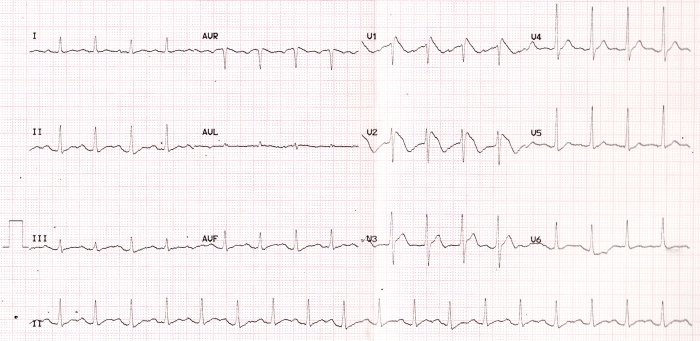Approach to Brugada Syndrome
Abstract
Brugada Syndrome was initially described by Brugada brothers in their seminal paper published in the Journal of American College of Cardiology in 1992. The syndrome was characterized by syncopal episodes and/or sudden cardiac death in association with right bundle branch block pattern with ST segment elevation in right precordial leads. Genetic basis involving mutations in sodium channel (SCN5A) was first described in 1998. But SCN5A mutations account for only about a fifth of the clinical cases of Brugada syndrome. Mutations in several other genes have been documented in later studies (at least 16 of them), though SCN5A mutation is the commonest. Life threatening ventricular arrhythmias with a structurally normal heart was the usual pattern in initial reports. But later on it was noted that several persons with similar ECG pattern never had any arrhythmias in their life time. There was significant variation in the severity of presentation between different regions of the world, with more malignant phenotypes noted in South East Asian countries.
Published
2016-03-24
How to Cite
FRANCIS, Johnson.
Approach to Brugada Syndrome.
BMH Medical Journal - ISSN 2348–392X, [S.l.], v. 3, n. 2, p. 29-31, mar. 2016.
ISSN 2348-392X.
Available at: <https://www.babymhospital.org/BMH_MJ/index.php/BMHMJ/article/view/92>. Date accessed: 26 apr. 2024.
Section
Editorial

